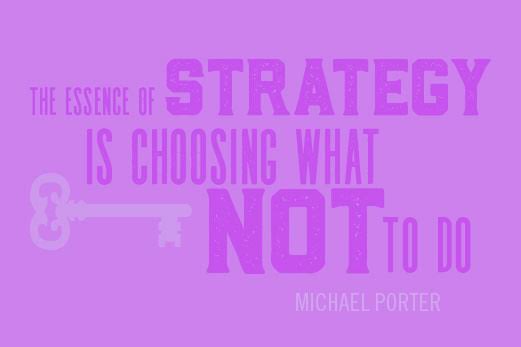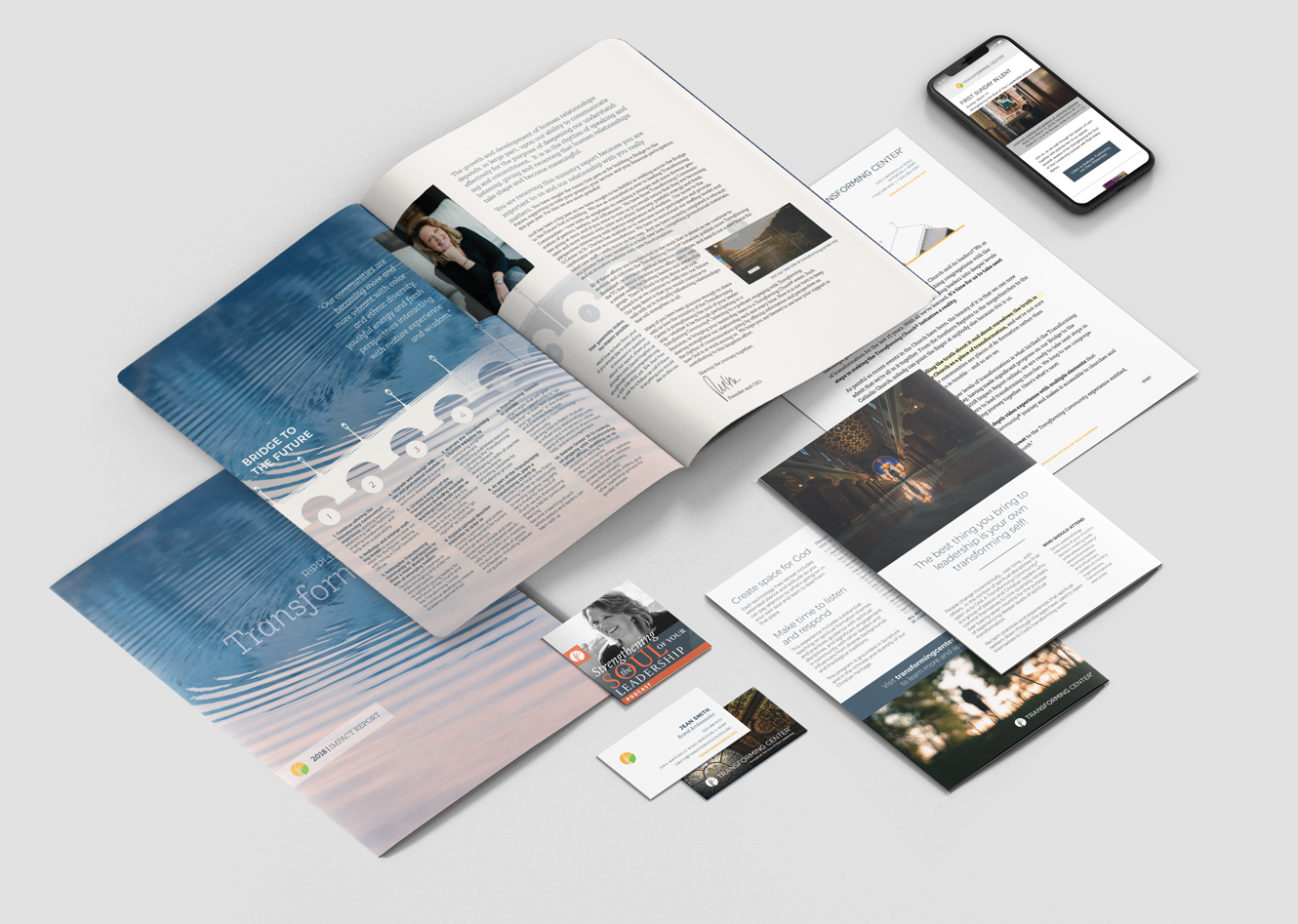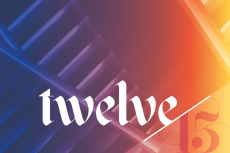
You need a new website, what are your options? It wasn’t too long ago that building a website required a huge investment of money and resources. Everything was custom built and once a site was live, everyone crossed their fingers and hoped for the best. Not the greatest approach.
There are now many ways to approach web development and you should understand the trade offs between each approach before you update your website. Even if your website is the center of your marketing strategy (and for most people it should be), it doesn’t mean you have to build a site from scratch.
A word about updating sites
I have yet to see any solution EVER that is truly user friendly for updating sites. The general rule is that the more customization you request the less user friendly it will be to maintain. It will help you a lot if you manage your own expectations– updating is not going to be super friendly. You will feel better if you ignore all the buzz about how easy it is to build and maintain xyz’s solution.
1. Web-based site builders
You really can get a great site without having it custom developed. We recently helped a client develop a beautiful site on Squarespace as part of a rebranding project. The functionality they were looking was ideal for Squarespace. Since this was a small company. I could confidently turn over the site to them and they would not feel trapped to an agency and have the support they needed to maintain site.
Pros:
- The technology behind your site is being updated regularly.
- The sites are fully responsive (work on any device).
- It is more secure because it is a closed system.
Cons:
- You need to work within the design templates they have. A designer can make it look custom, but there are some limits .
- Forget about custom functionality.
Keep in mind: You can’t move your site to another hosting company. So if you end up hating the company, you will have to start over.
2. WordPress Development
This open source solution still reigns as the king of web development. Unhappy with your hosting? You can move your site to another provider. A proliferation of design templates exist, and there is also a huge ecosystem of plugins that can get you some pretty cool functionality. Your content is in a database so it can be moved into other solutions without a lot of manual work.
Pros:
- There are tons of prebuilt design themes to get a great design. If you have been using wordpress, you can update to a responsive design.
- There are a lot of plugins. You can get a lot of custom functionality.
- You can also have a customdesign and/or have custom functionality built
- You are more in control of your site and can move it to a different hosting company. In fact if you are not hosting with a company that is auto-updating wordpress, then I would switch. See cons.
Cons:
- Security issues abound with wordpress. It’s popularity and open source. This means it will break, it can be hacked, and your code can become corrupted.
- It is not terribly user friendly to maintain, unless you are blogging.
- The more plugins you have the more likely your are going to have problems as they are all updated at different times and they often don’t play nice together.
Keep in mind: Open source means that there are many variables – you know what happens when there are to many cooks in the kitchen. You will need to do site maintenance – with so many things updating something is bound to break.
If you want some custom functionality and want to control your site, it is still is a great solution for many situations.
3. Custom development
In most cases I would not recommend a fully custom built site, but if your website requirements include a a lot of very unique functionality or must integrate with a lot of other custom built technologies this might be the way to go.
Pros:
- You can truly get all the functionality you want.
- You can integrate with existing systems.
Cons:
- It is the most expensive to develop.
- Custom development is not dynamic – technology is always changing. Your site is moving towards being obsolete from the moment you launch.
- Content management is often the least friendly in custom development. The reality is that resources are spent on getting the functionality to work and the site to look good for visitors.
Keep in mind: It is tempting to think about functionality you want. I have seen people build things they simply don’t have the time or resources to support after the site goes live. If you should build something and can you build something are two entirely different questions.
I get nervous when people claim their solution is best. As you can see there is not a right or wrong solution. What is key is working with someone who understands the landscape and can help you navigate what will work best for you.
Are you interested in how inbound marketing can help your website and business gather new leads and customers? Download our free ebook on generating new leads and learn how!






















